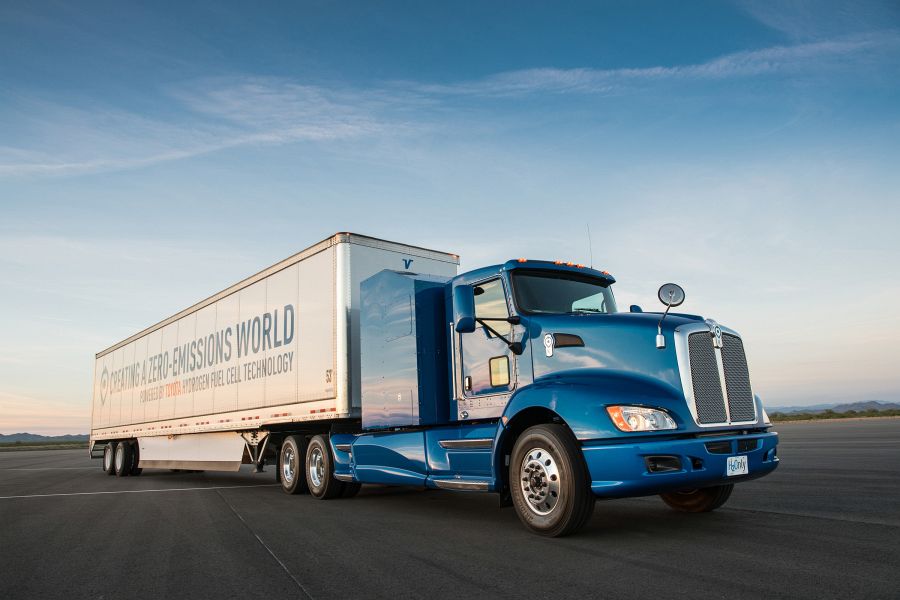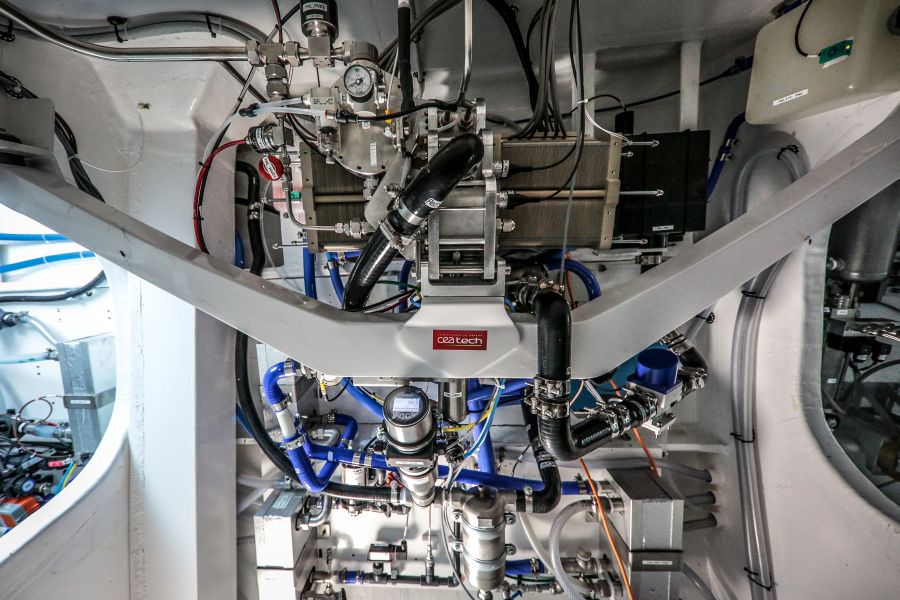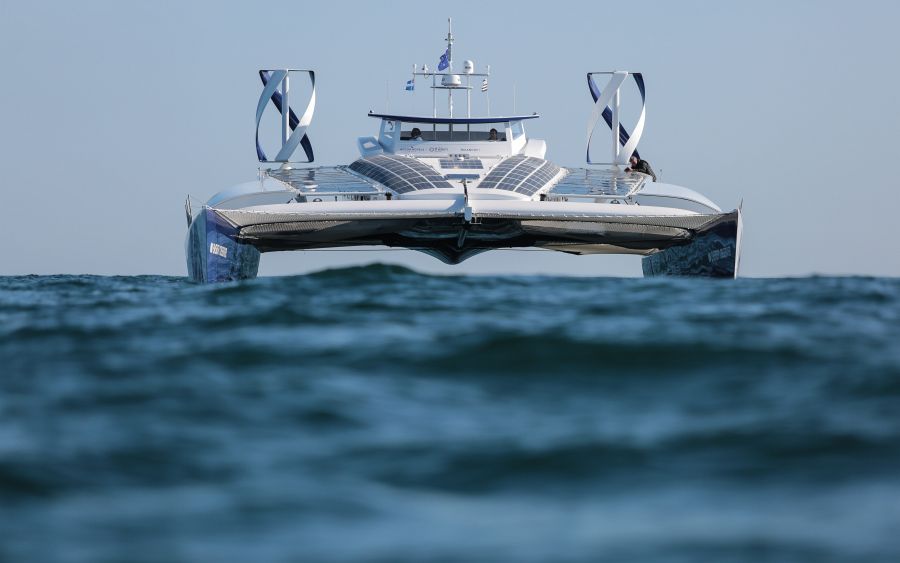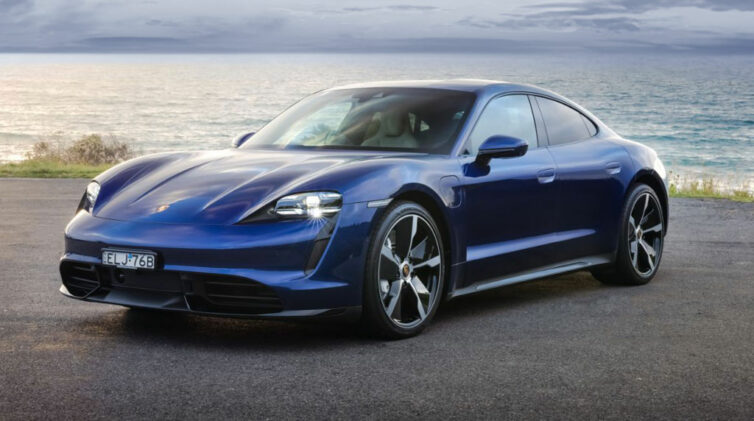The fuel-cell boat, Energy Observer, was launched in 2017 and plans are afoot for a tour of the world that includes Australia in 2022.
The specially-adapted race boat uses solar, wind and wave-generated power and carbon-free hydrogen generated from seawater.
The base fuel-cell and sustainable power generation technology already exists for use on land, but this is the first time it’s been used at sea.
The boat aims to showcase fuel-cell and wind-power technology, and show how it can be adopted for other mobility and power services.
It is claimed to be the world’s first autonomous (in that it sources its own fuel) hydrogen vessel that emits no greenhouse gases or fine particles.
This electrically propelled vessel of the future operates by using a mix of renewable energies and a system that produces carbon-free hydrogen from seawater.
The hydrogen fuel-cell power plant is the main reason why Toyota Motor Corporation, through its subsidiary Toyota Motor Europe, is participating.
“Energy Observer is an exciting initiative and we at Toyota Motor Europe are delighted to be associated with such a passionate and dedicated team,” said Toyota Europe’s vice president of sales and marketing Matt Harrison.
“This project once again demonstrates the many practical uses of hydrogen that can be developed as we transition towards a hydrogen society.
Toyota has been involved in hydrogen technology for the past 20 years with testing aimed at proving its viability in motor vehicles in demanding conditions.
The company said that hydrogen allows for quick refuelling (on par with a petrol vehicle at about three minutes per refill), a significant driving range and emission-free operation to power cars, buses, trucks and non-road commercial applications such as forklifts.
During its global expedition, the Energy Observer team is producing documentaries to be broadcast through an eight-episode series on French TV platform Planète+ late in 2019.
Meanwhile, Toyota is trialling an electric semi-trailer hauling freight around Southern California.
The fuel-cell truck, called Project Portal, can carry about 36 tonnes. It is a modified Kenworth truck – as Toyota does not make heavy-duty trucks – with driver controls borrowed from Toyota’s hydrogen-fuelled Mirai.
To retrofit the electric motors and fuel-cell with its hydrogen tanks, Toyota engineers removed the diesel engine and built a custom storage container for four high-pressure hydrogen tanks and two six-kilowatt-hour lithium-ion batteries.
The batteries are smaller than those in a Nissan Leaf because the fuel cell provides most of the running power.
The electricity is fed to a 500kW/1800Nm electric motor that is connected directly to the driveshaft.
By Neil Dowling













 Read More: Related articles
Read More: Related articles

